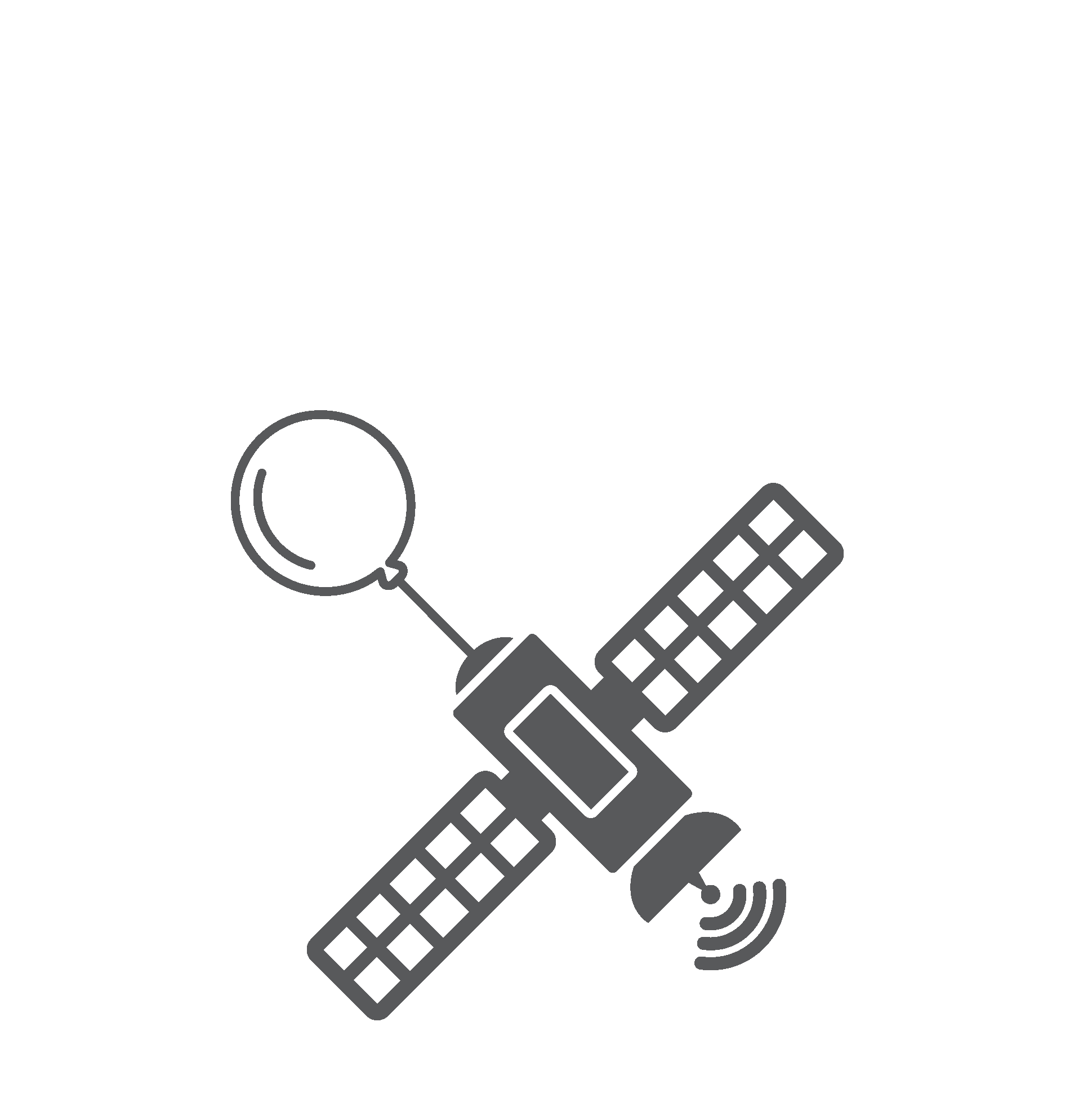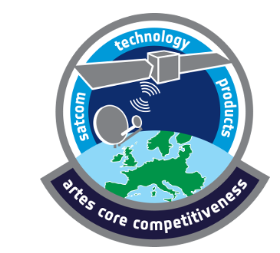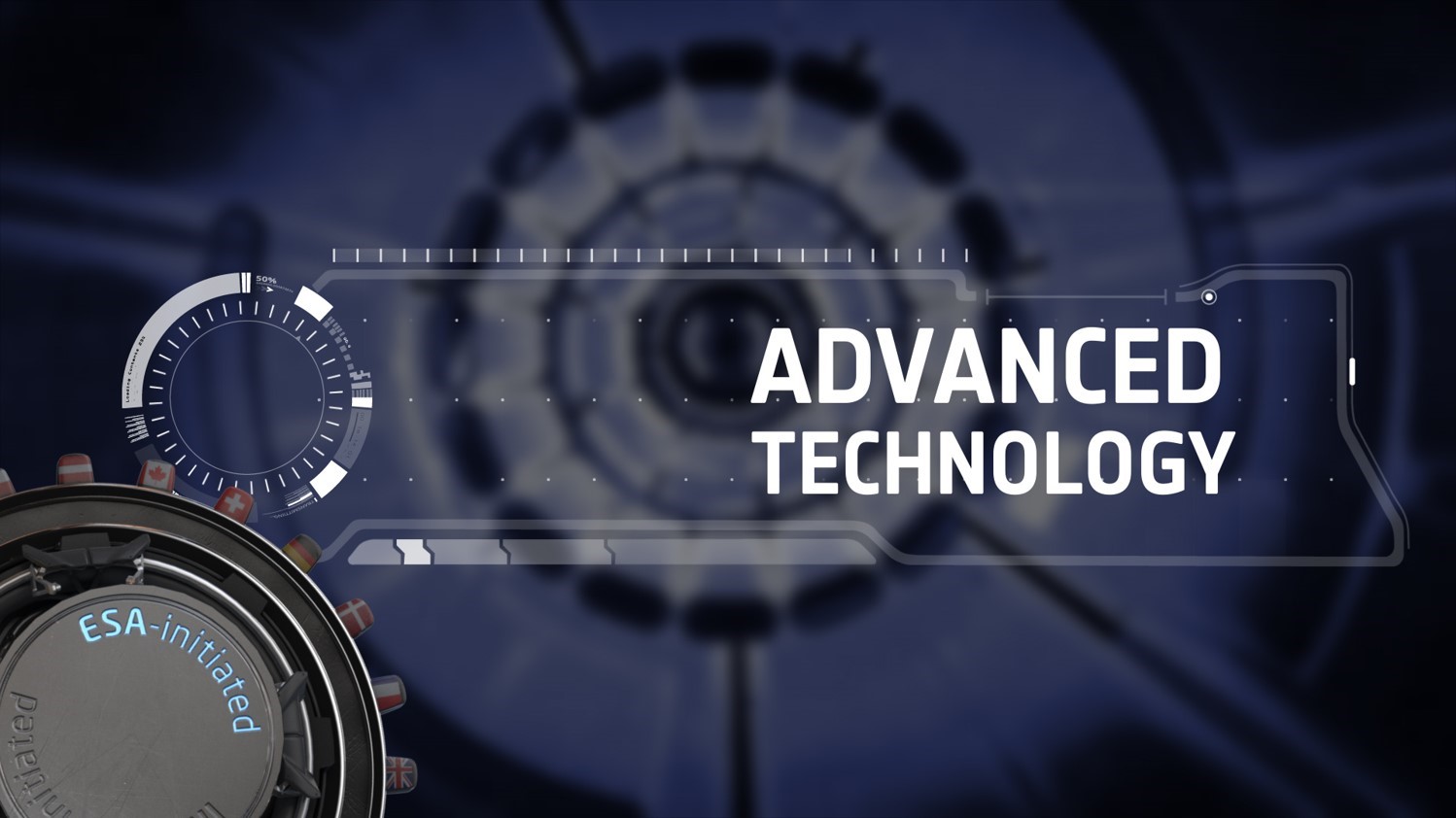ARTES Advanced Technology: Inflatables to drag down small satellites
NEW ACTIVITY - INFLATABLE STRUCTURES FOR TELECOM SATELLITES

The need for ever-more powerful telecom satellites drives the development of the associated technologies. A key example is the need for lightweight, large systems such as solar arrays and radiators, usually deployed in-orbit using booms and masts made from rigid structures. An alternative strategy is the use of inflatable structures, where deployment is achieved via/through gas inflation. Such structures are considered very attractive owing to their high mechanical packing efficiency and low mass. For this reason, inflatable structures are potentially a key technology that could have a wide range of applications for future satellite communications missions.
One of the potential applications of inflatable structures is in the development of de-orbiting devices. These are required to help stem the increasing number of satellites filling up Low Earth Orbit (LEO) mainly due to large telecoms constellations. There is a real and ever-growing risk of collisions that could compromise future space missions and services. It is recommended (indeed required for ESA missions) that satellites should re-enter the Earth’s atmosphere within 25 years of mission completion, if their orbit is below 2000 km.
To achieve this, an inflatable de-orbiting device deployed from an end-of-life satellite in LEO would aim to increase atmospheric drag effects and accelerate natural orbital decay.

THE OPPORTUNITY
This activity aims to design, build, launch and test in-orbit an inflatable drag device for de-orbiting small satellites from LEO. In-orbit testing is essential in providing a representative space environment including drag effects. The device will be embarked on a 6U Cubesat platform (or similar) and an accelerated spacecraft de-orbiting test will be carried out to demonstrate the feasibility of the technology for future satellite communications constellations.
HOW DOES ARTES SUPPORT THIS ACTIVITY?

This Activity falls under ARTES Advanced Technology (part of ARTES Core Competitiveness) - dedicated to the long-term technological development of the satellite communications industry based on ESA's initiative. This element focuses on the research and development of new technologies and techniques in telecom satellites, ground and user equipment for future or evolving satellite communications systems.
WHAT ARE THE GOALS?

Under this project, we are looking for teams that are able to provide the complete mission; including the satellite platform, payload (including the inflatable drag device), launch and in-orbit demonstration (e.g. in-flight deployment imagery, tracking of de-orbiting from ground). A key aim will be to spin-in proven terrestrial inflatable technologies, such as airbags from the automotive sector. We have allocated a budget of 4 M€ for 100% funding of this activity.
After the mission, the end vision is that this project will enable the production of simple, readily available de-orbiting devices that the small satellite community is willing to adopt. The products will be compatible within existing platforms and scalable for a range of small satellite sizes (up to 200 kg mass).
ESA TENDER INFORMATION
Potential bidders are required to register in esa-star (Registration) in our Doing Business with ESA website, accessible in Google Chrome.
The Activity appears in the ARTES Advanced Technology 2021 Workplan (Ref. 3E.003, In-orbit experiment of an inflatable de-orbiting drag device for small satellites). Once registered, you can use your received account information to login and download the complete 2021 Workplan from esa-star (Publication), ref. 1-10621.
Note the Activity has been designated as at the Request of Delegate(s) (R). If you would like to request that the Activity is initiated, please reach out to your national delegation.
Upon initiation of the activity by any national delegation, ESA will release the open competitive Invitation To Tender (ITT). Eligibility will be restricted to any company and/or organisation, public body or non-governmental organisation, residing in any of the participating ESA Member States: Austria, Belgium, Canada, Czech Republic, Denmark, Estonia, Finland, France, Germany, Greece, Hungary, Ireland, Italy, Luxembourg, The Netherlands, Norway, Poland, Portugal, Romania, Spain, Sweden, Switzerland and the United Kingdom.
If you are interested in bidding for this fully funded ARTES activity and connect with other European industrial teams, please join this LinkedIn Group.
To view the Webinar Slides click here.
LINKS
ARTES Advanced Technology Overview
ARTES 4.0 CC Summary Flyer
ARTES 4.0 Core Competitiveness: An Overview (presentation)
https://www.esa.int/Safety_Security/Space_Debris/Mitigating_space_debris_generation
http://www.esa.int/Safety_Security/Clean_Space
https://blogs.esa.int/cleanspace/




